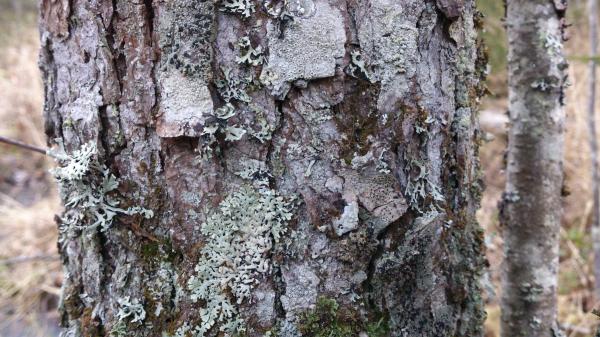Conclusions and management implications
All three studies considered, it is evident that preventive measures such as protective zones are important in protecting sensitive forest ecosystems. In the follow-up study, there were no signs of protective zones being left deliberately and most of the swamp forests showed decreases in lichen occurrences. In the protective zone study, there was a trend suggesting that lichen abundance is negatively affected by edge effects at abrupt edges, as compared to protective zones. The sensitive indicator lichen Menegazzia terebrata was more likely to occur in the interior of swamp forests than at the exterior, more prominently so in swamp forests exposed to abrupt edges. Refraining from implementing such preventive measures may cause these valuable and unique forest ecosystems to vanish completely from the forest landscape. More studies are needed to fully assess the status of boreonemoral swamp forests.
This study has helped in understanding the effects of forestry on boreonemoral swamp forests. Knowledge of this can be used to design and incorporate preventive measures in forestry routines, minimizing the negative impacts on sensitive forest ecosystems. The Swedish Environmental Protection Agency has posted 16 national environmental goals to be reached in 2015, out of which three goals (a rich diversity of plant and animal life, sustainable forests and thriving wetlands) may benefit positively from this study.

Responsible for this page:
Director of undergraduate studies Biology
Last updated:
05/28/14
